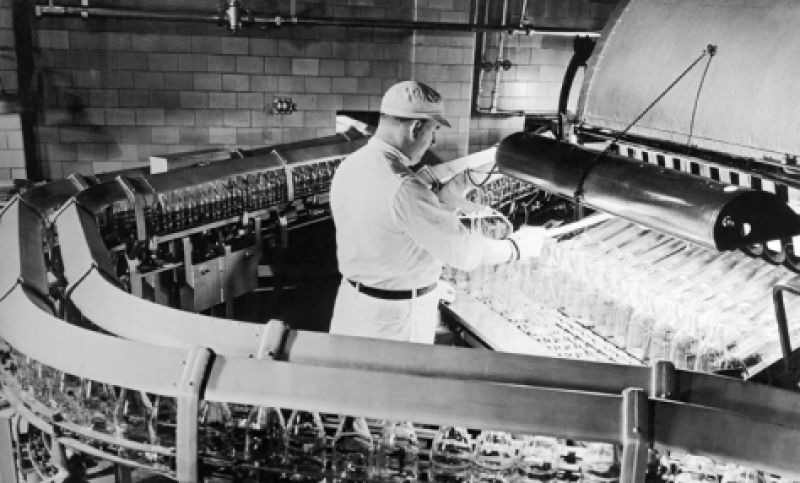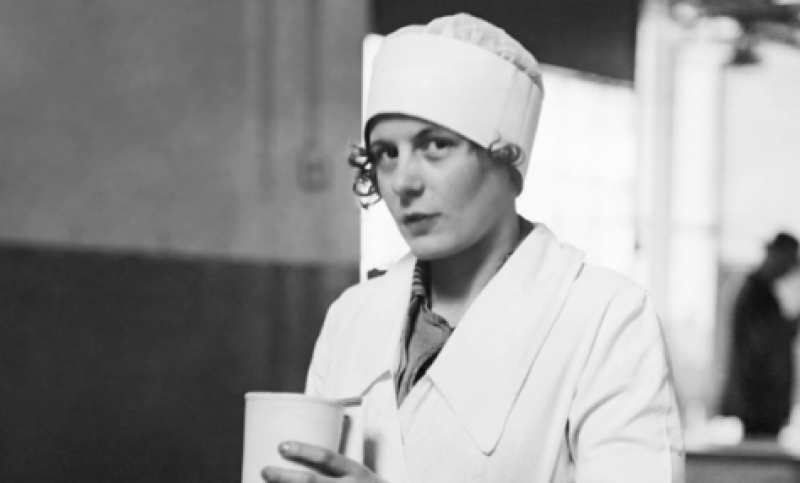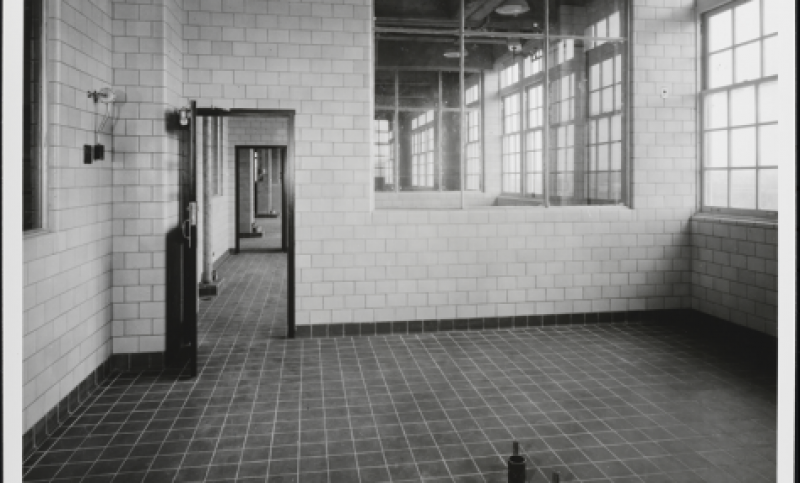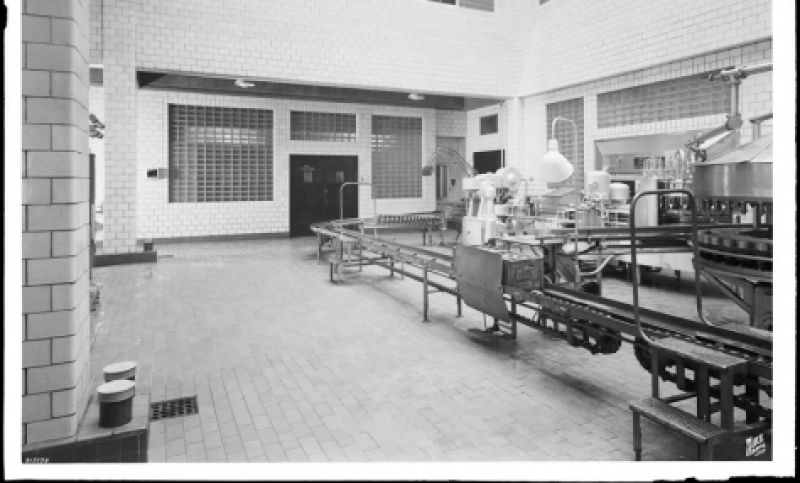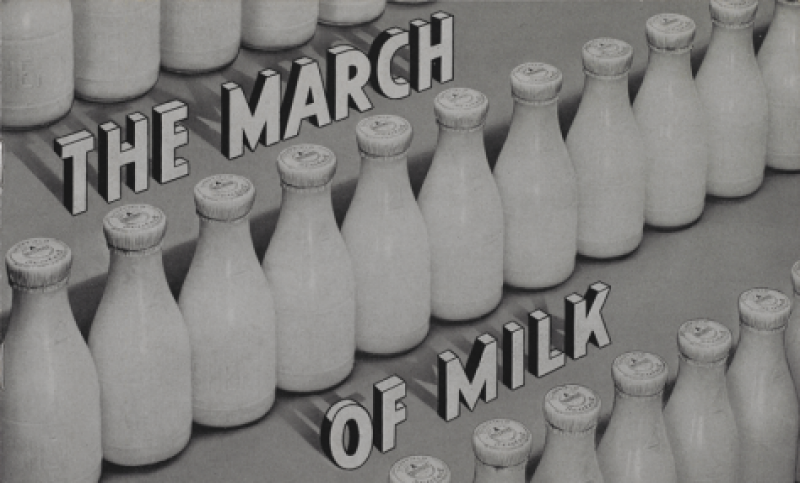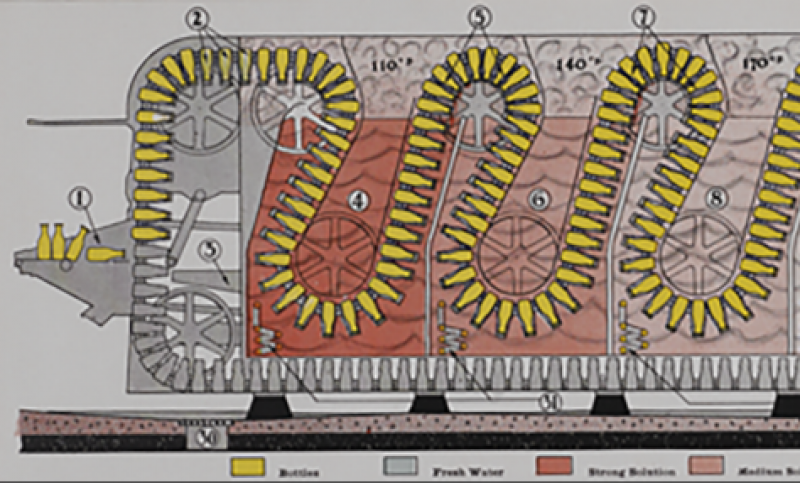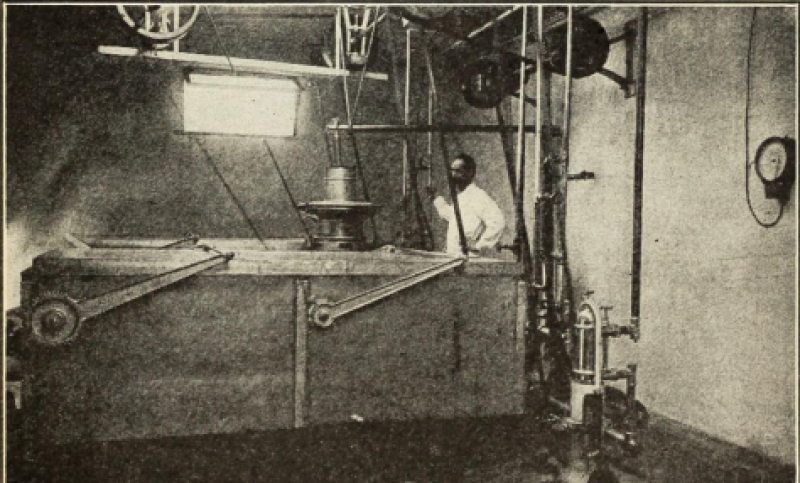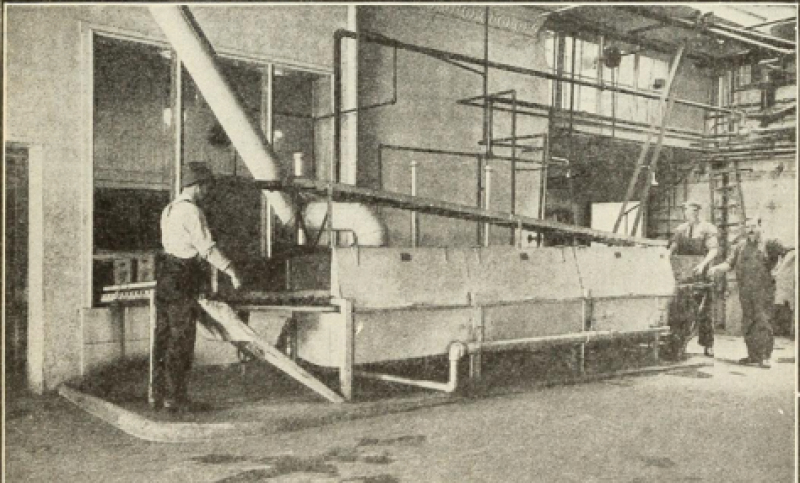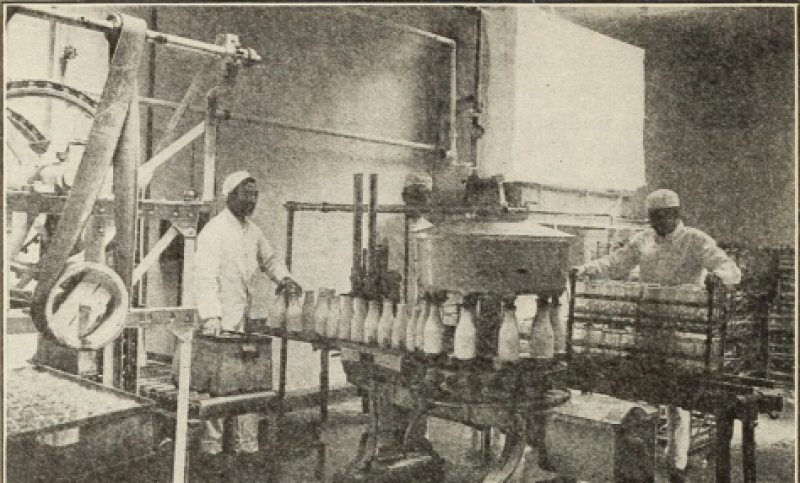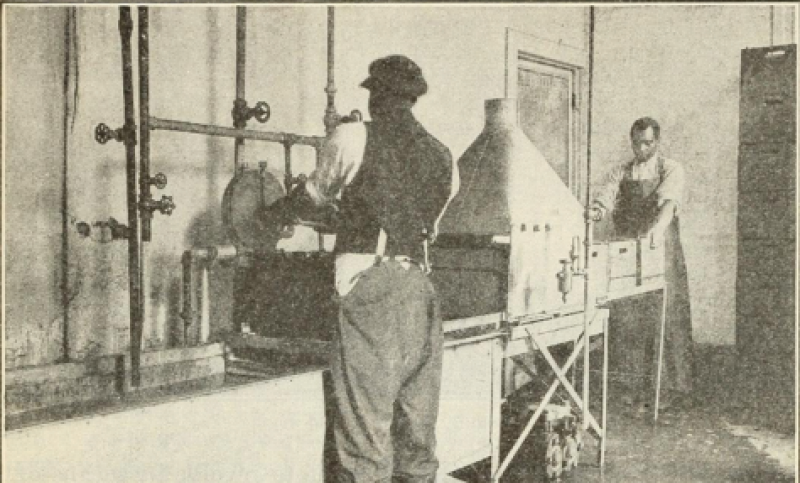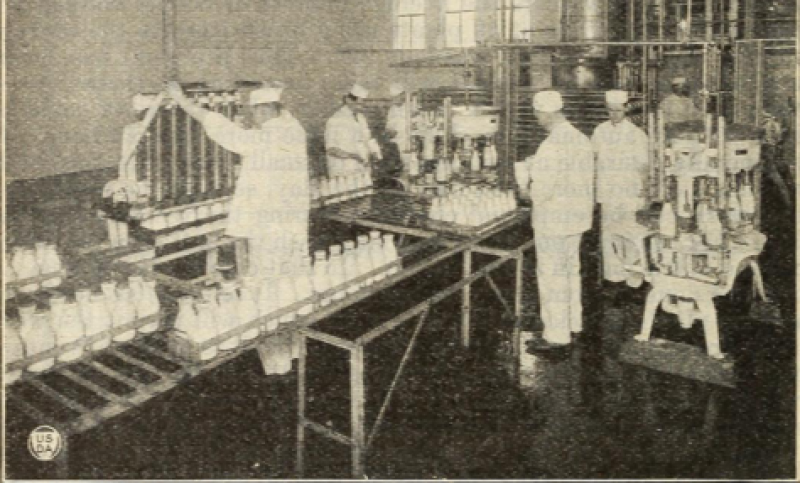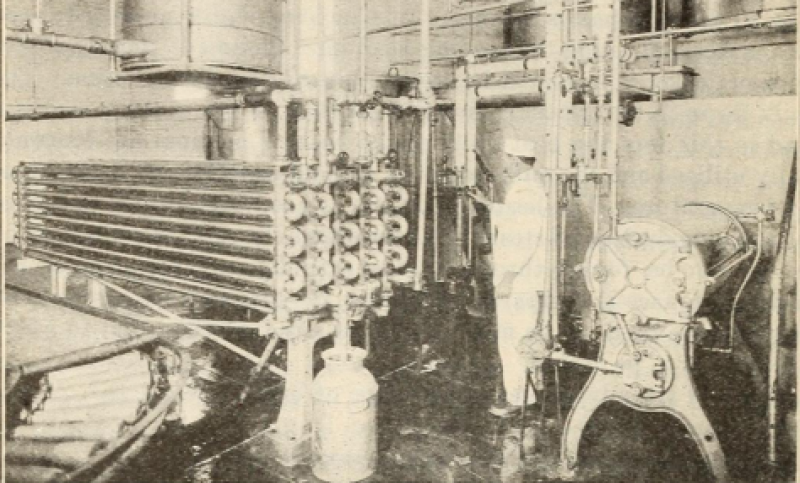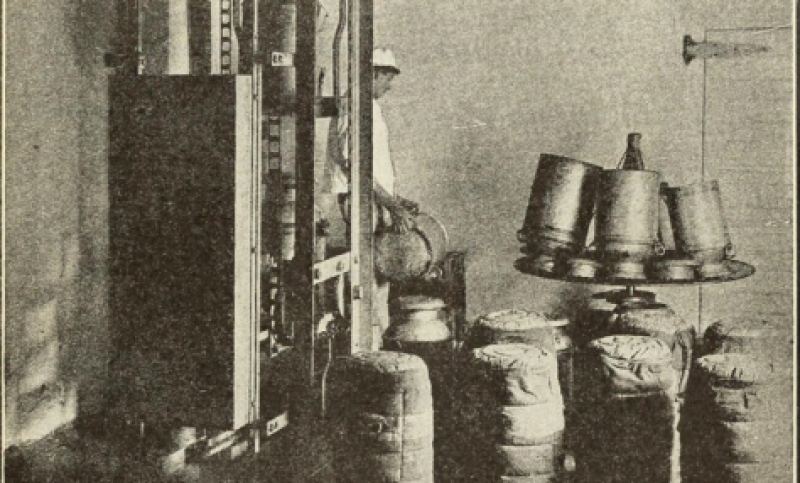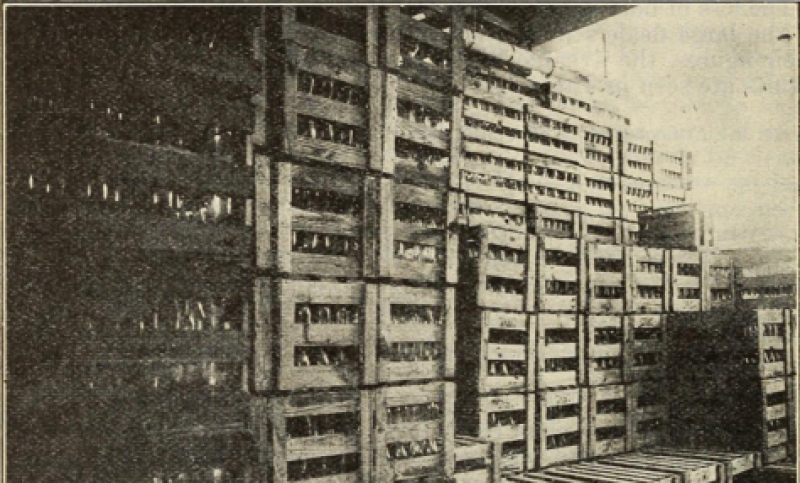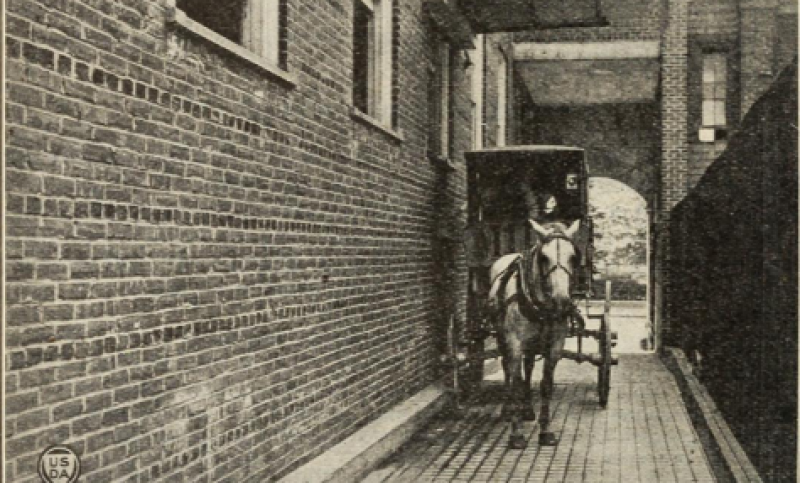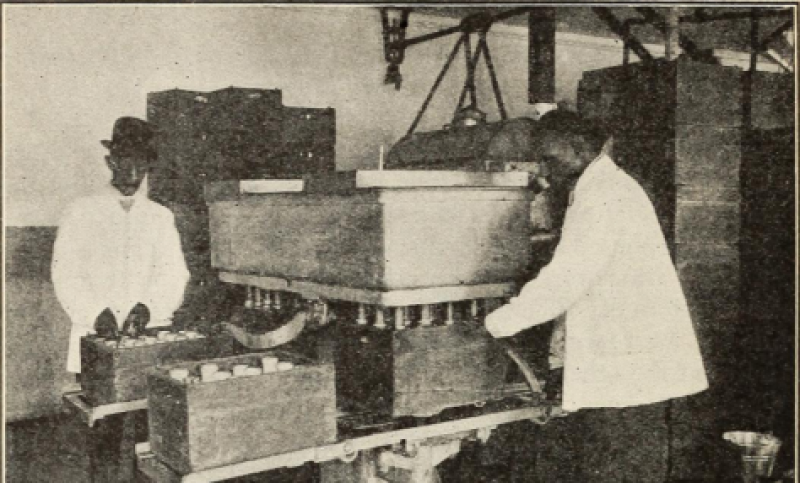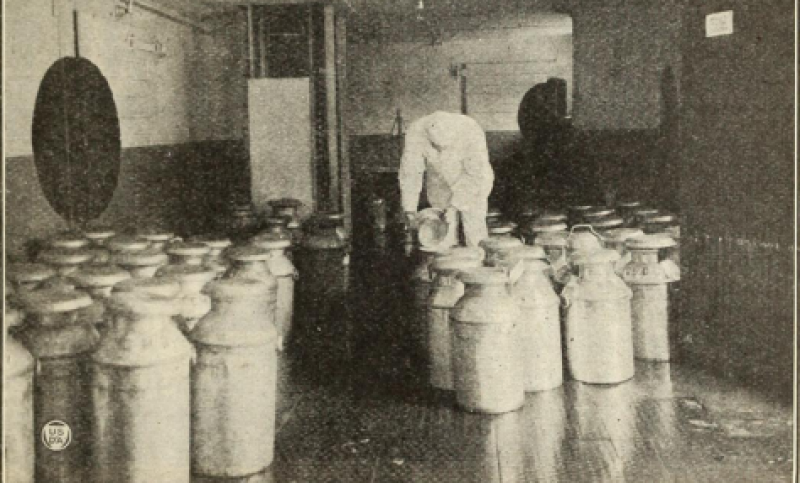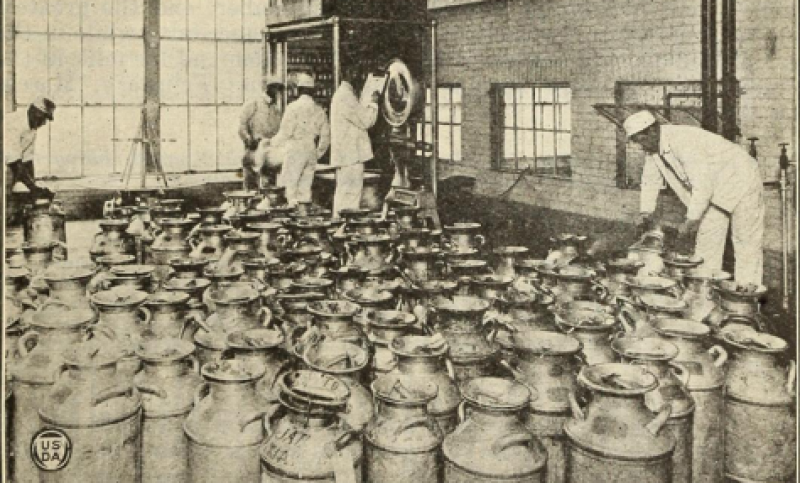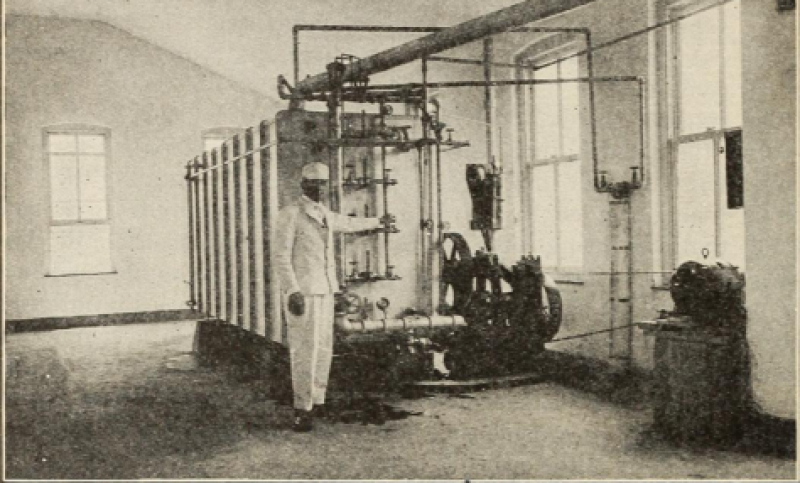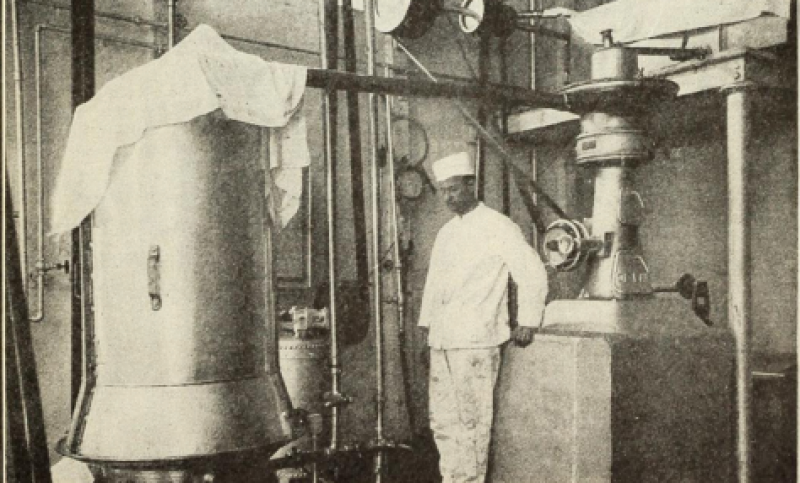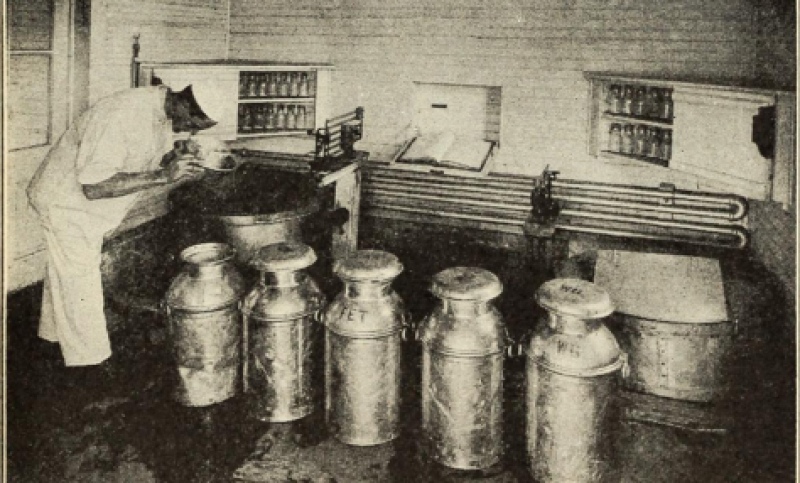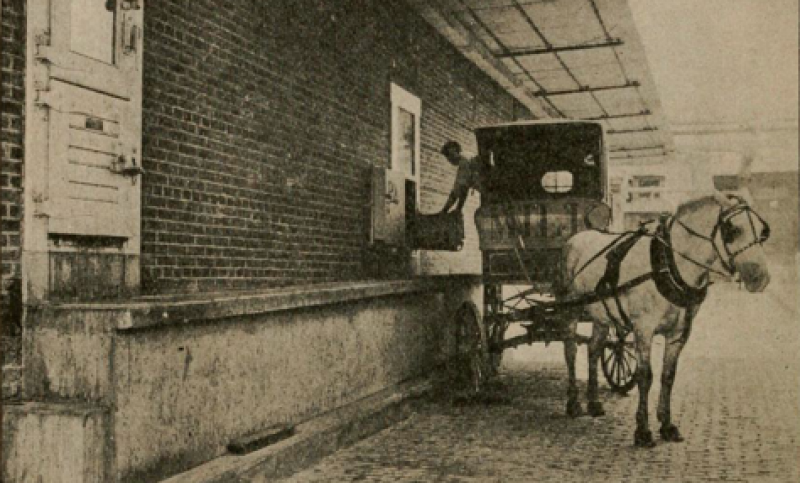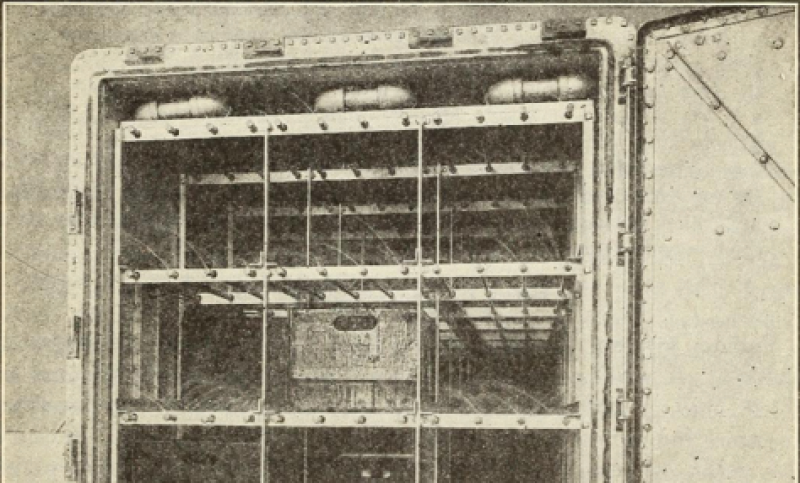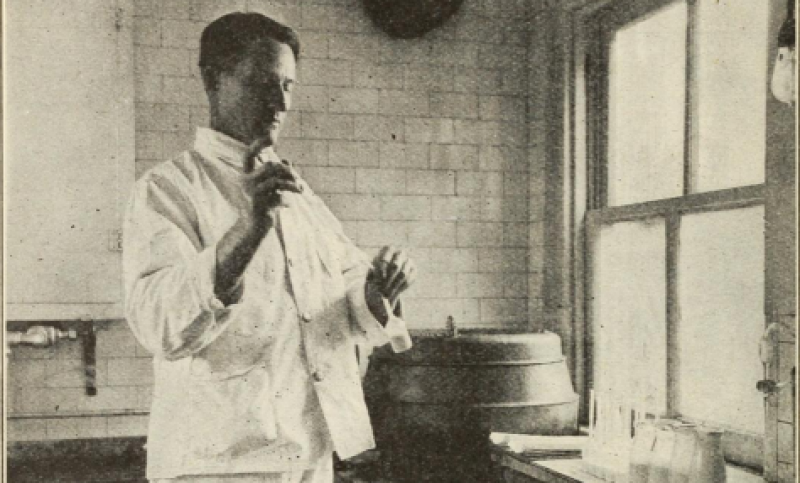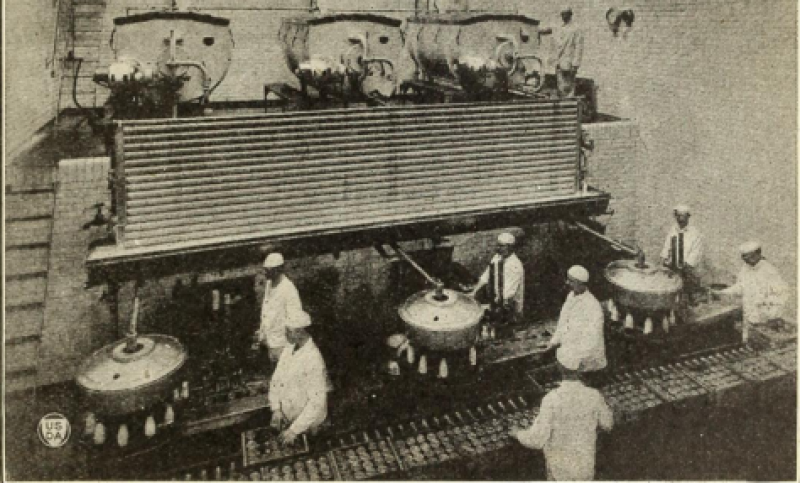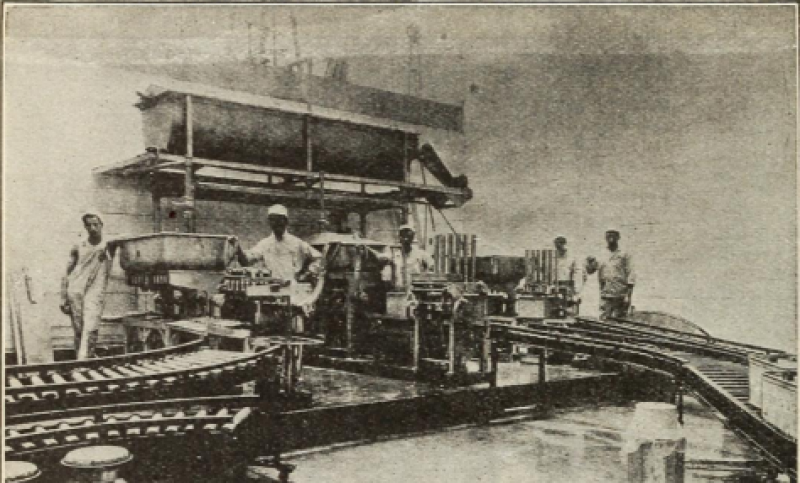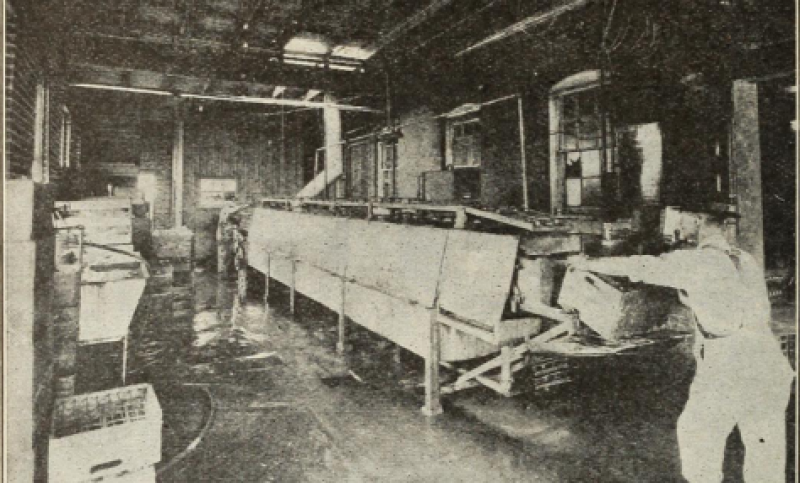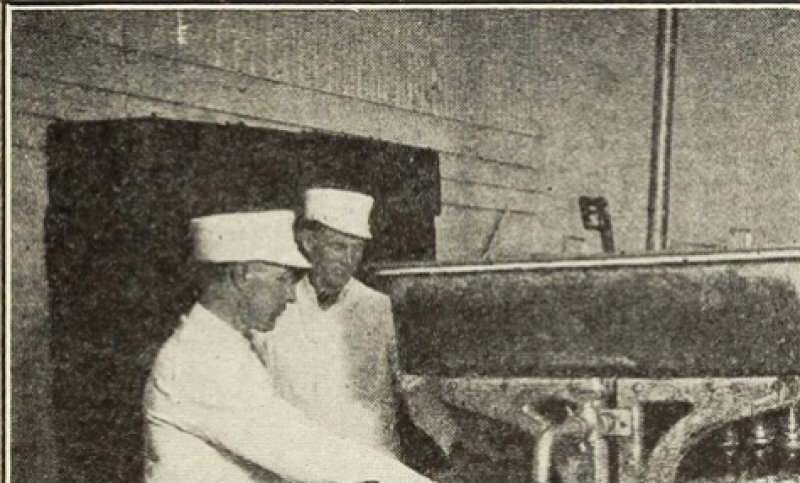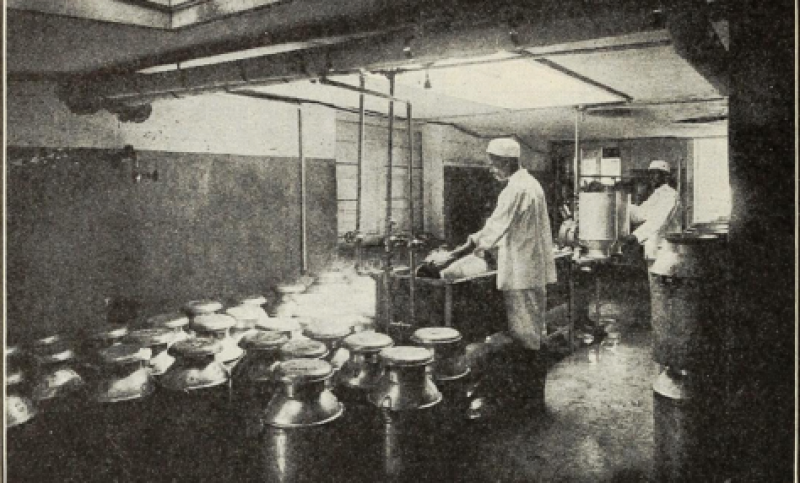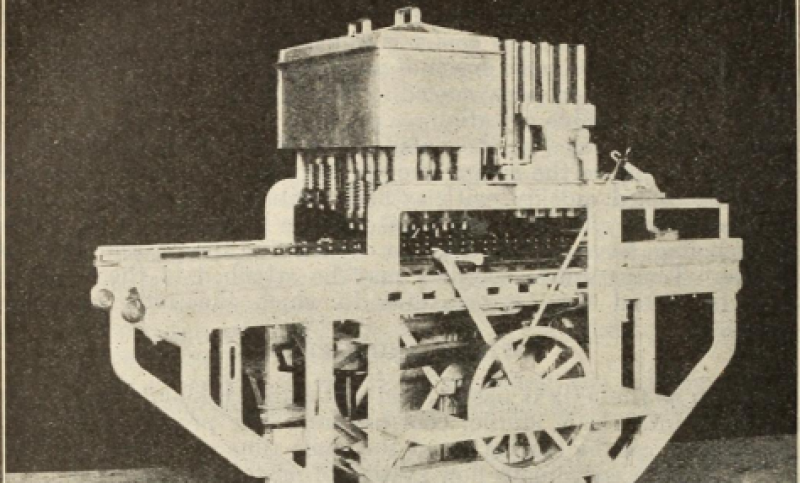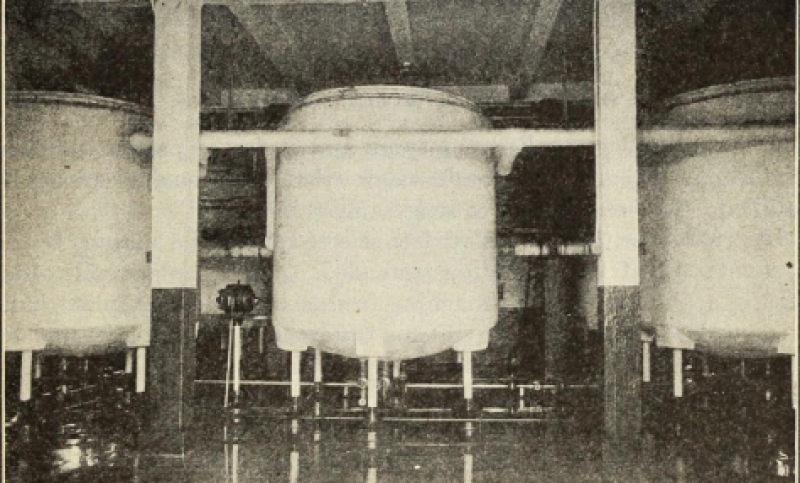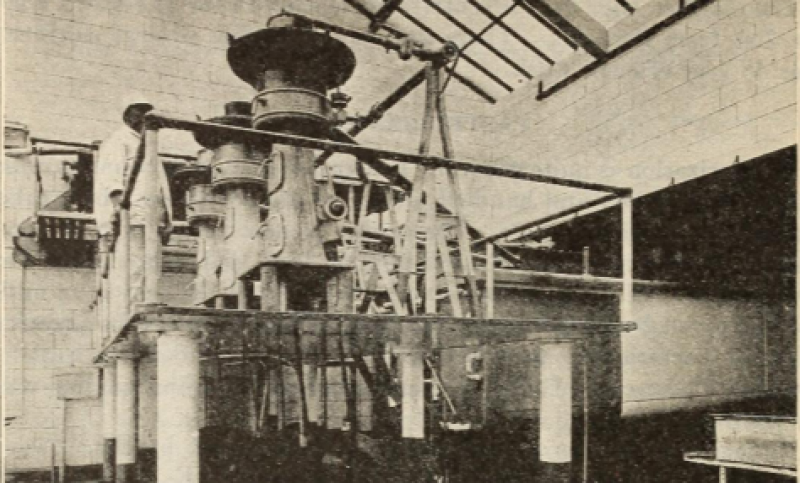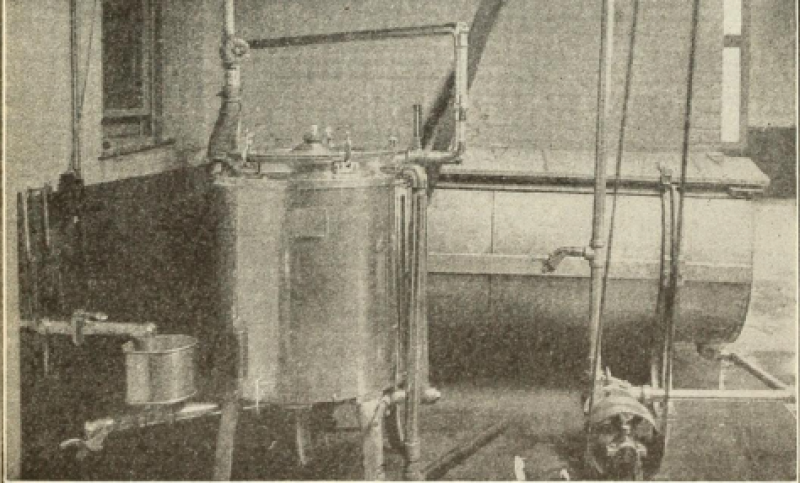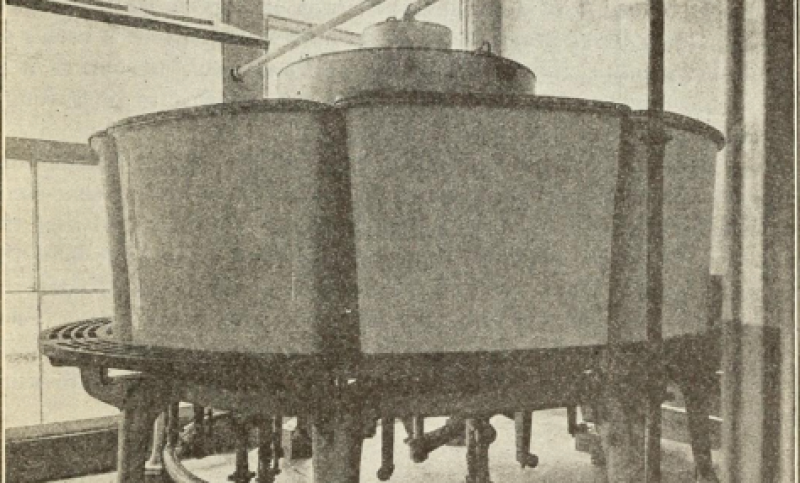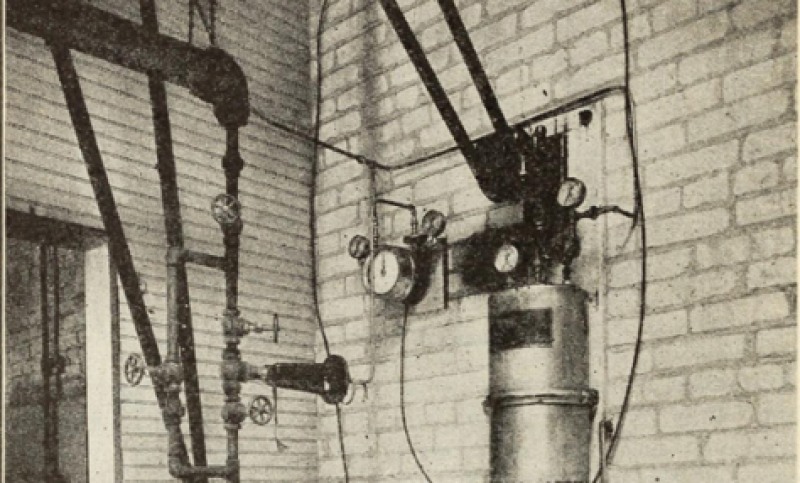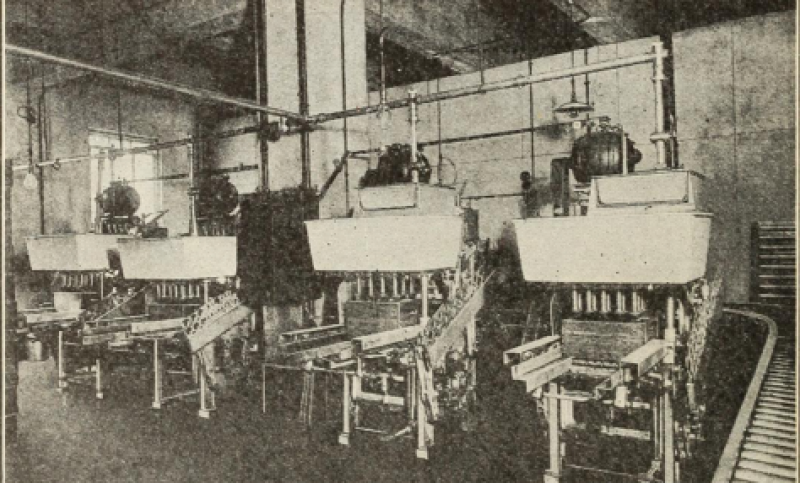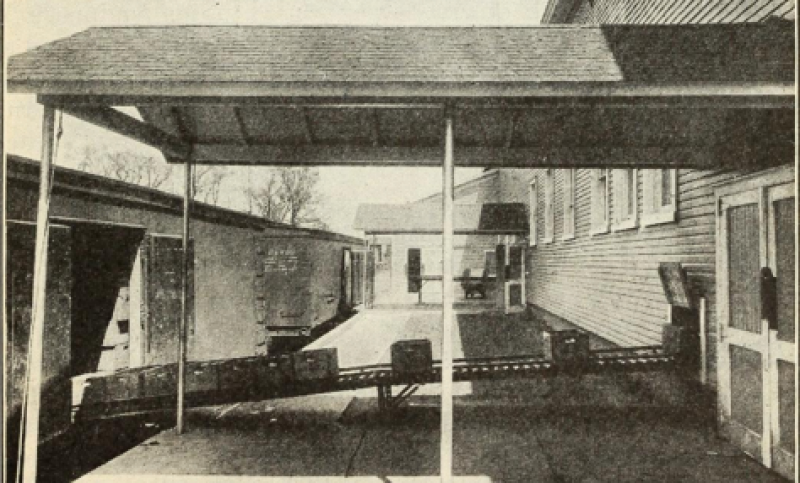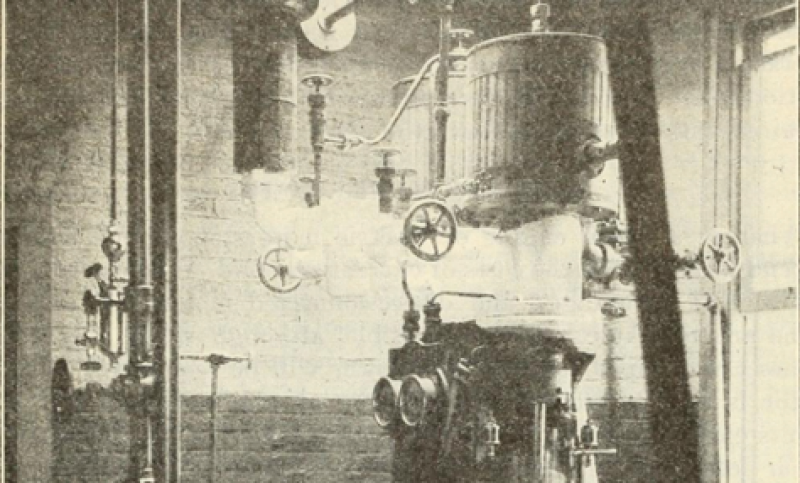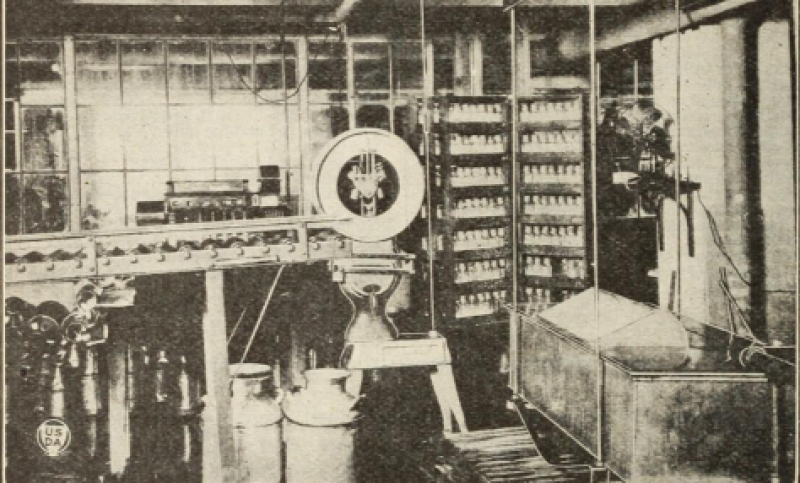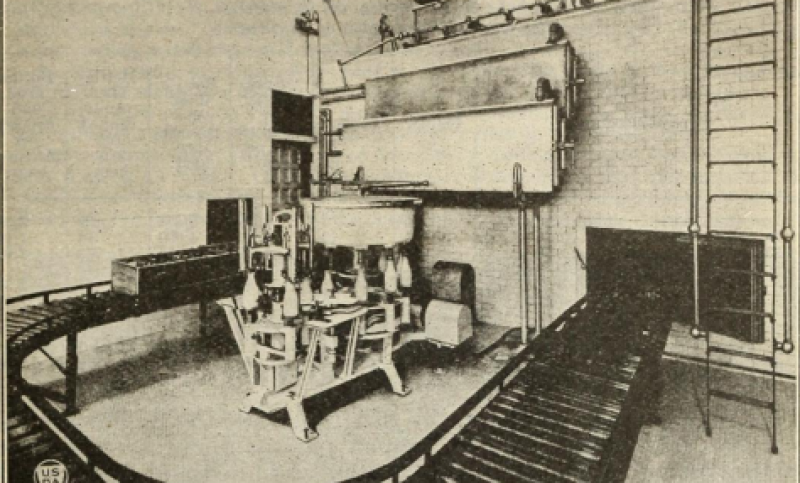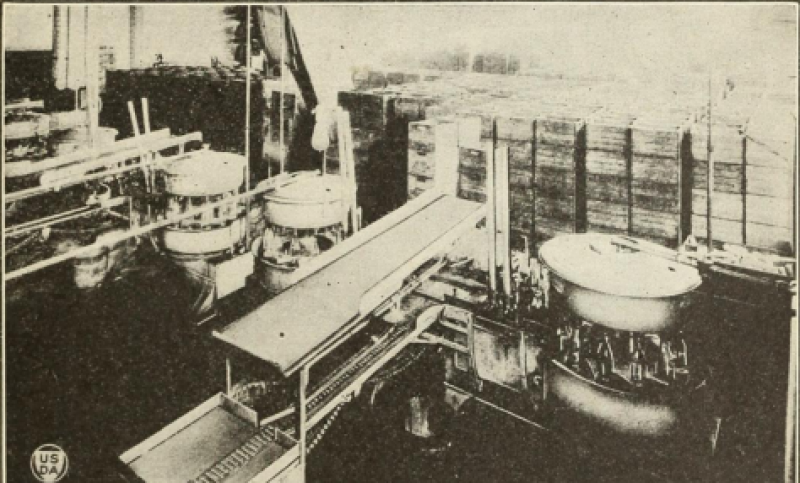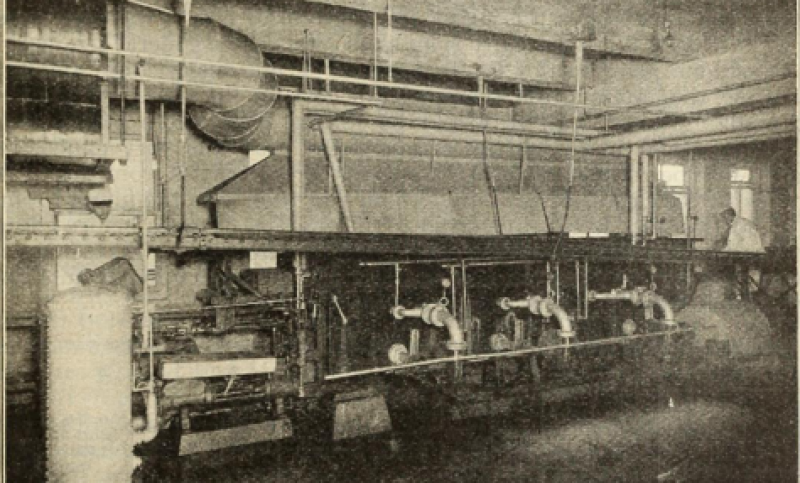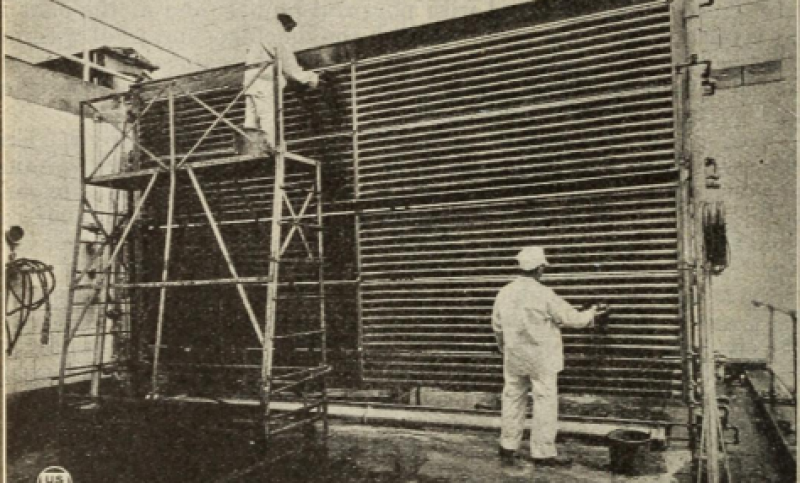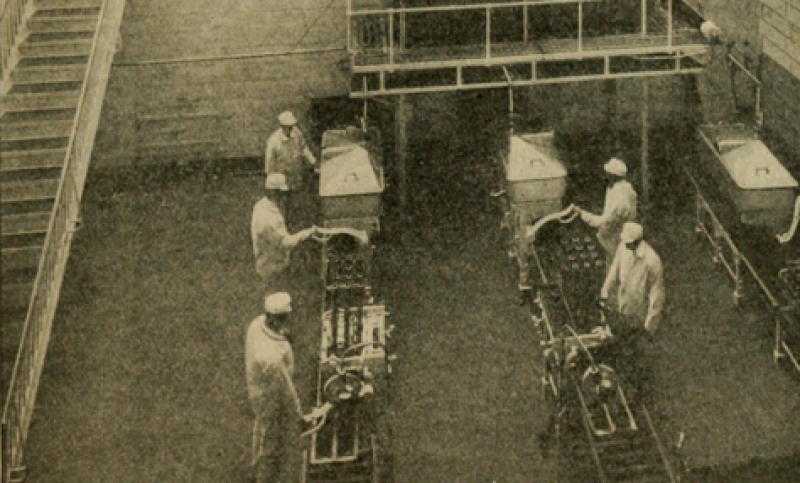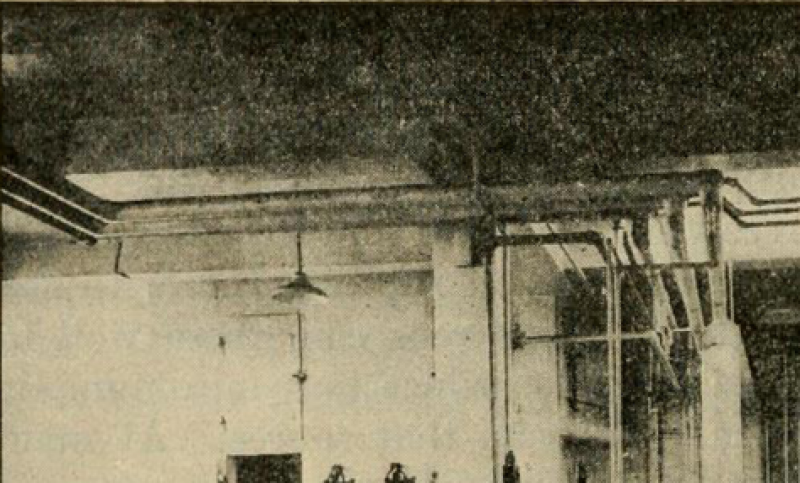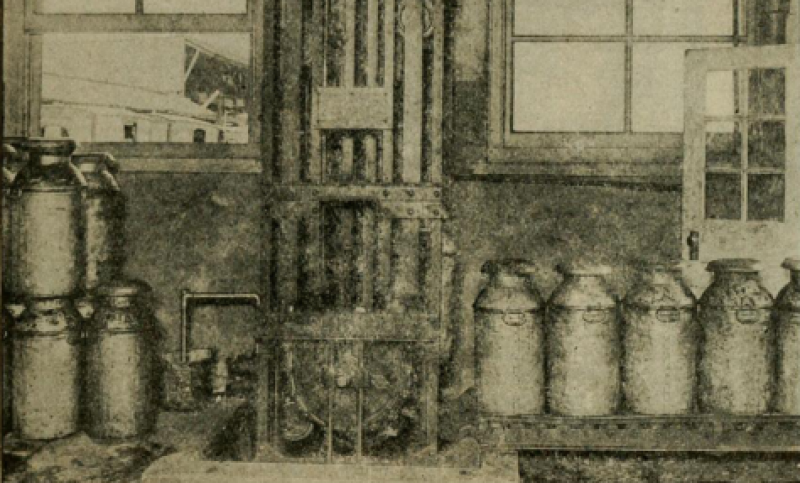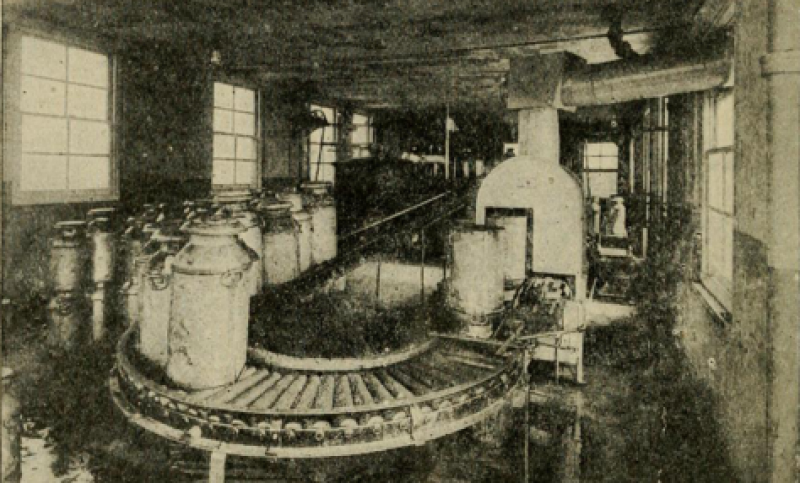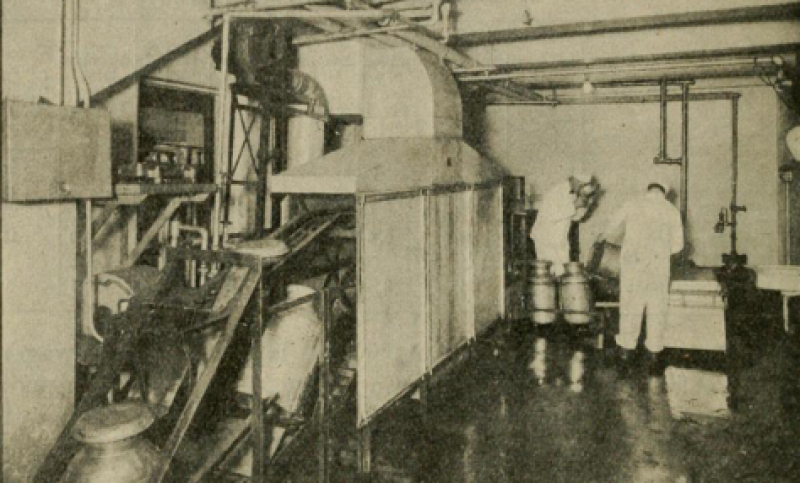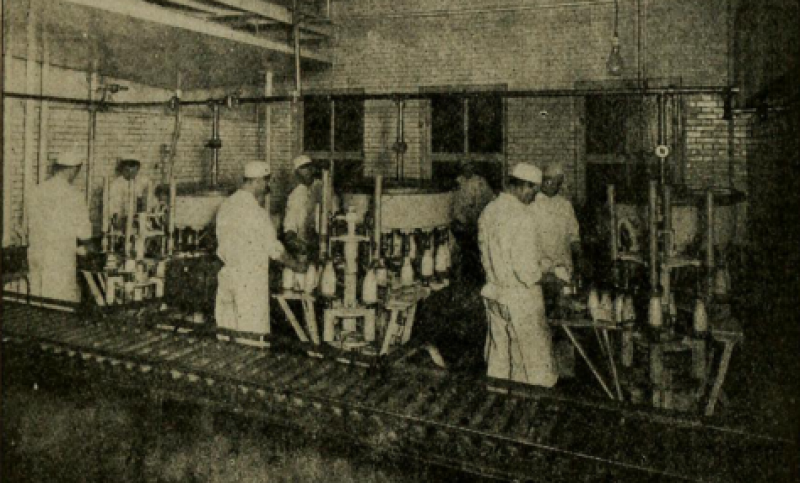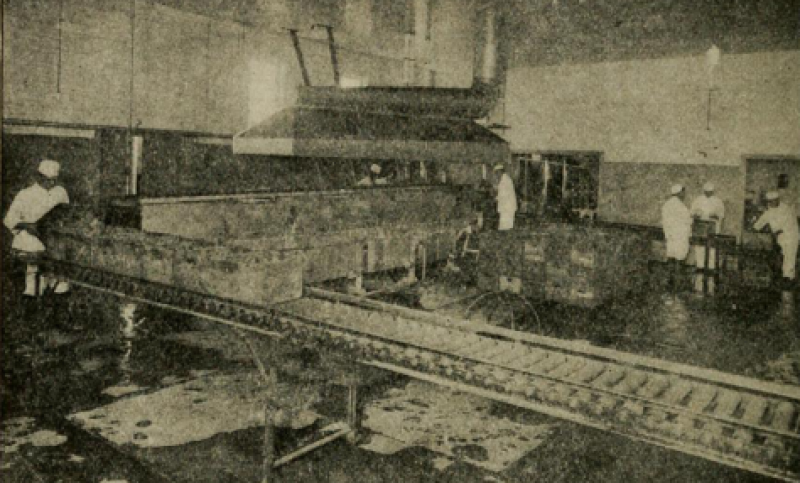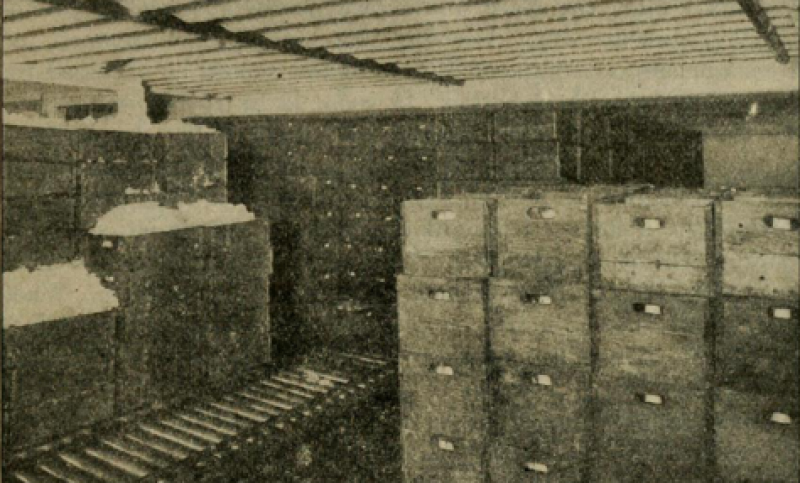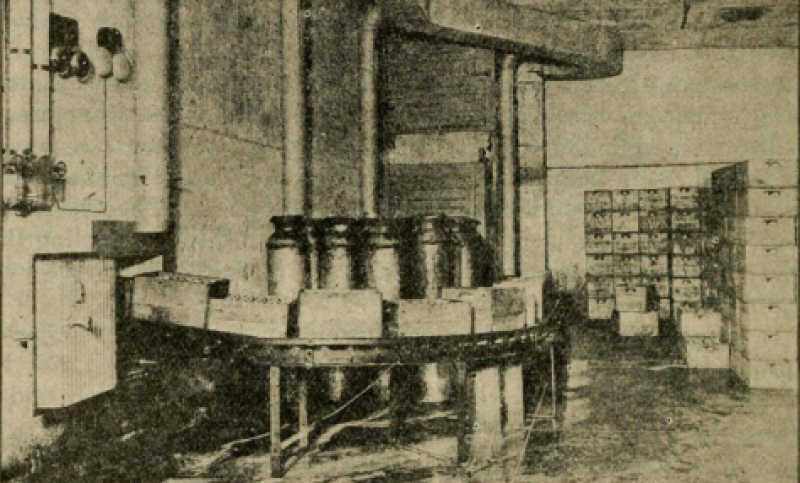
Milk
Fresh milk had become largely automated and fully modern by the middle of the twentieth century. A modern industrial system dominated by fewer and larger corporations grew to provide this pure, natural product that had formerly come from numerous small farms and distributers. In the consolidation that followed, a few firms took an ever larger role in the city’s economy. Sheffield Farms, Borden’s and the United States Dairy Products Company were known as the “Big Three.” By the 1920s, they held more than 60 percent of the city’s dairy business. Skeptical of monopolies, many complained that the “milk trust” was fixing high prices. Workers sometimes went on strike for higher wages and better benefits. But for most consumers, the assurances of safety and healthfulness that the large companies could provide overshadowed other concerns. The final compromise solution involved government regulation of pricing, a mixed set of inspection and certification processes, and the universal enforcement of pasteurization. By 1925, it was proudly proclaimed that “New York City is now said to have the best milk supply of any large city in the world.”
The business of producing, processing and distributing milk became a massive endeavor involving a quarter of a million workers. For New York City’s children to receive the milk they needed required 450,000 cows in states across the northeast, and in Canada. Eleven different railroads then transported the milk to 343 pasteurizing plants in the five boroughs. After being purified and bottled, the milk was loaded onto 5,500 wagons before finally being delivered to individual customers or stores.
In the 1930s and 1940s, the newly reformed product was embraced by an ever-wider circle of consumers. No longer just for children, adults began to drink milk, too; this led to the rise of a fad for Dairy Bars that took hold in the city and promised a healthy alternative to the typical lunch-counter fare. Uptowners took note. On West 135th Street, an entrepreneur opened Rose’s Dairy Lunch, the “Only Colored Dairy Lunch in New York,” which thrived by selling healthy food to local residents. The Amsterdam News, Harlem’s most-famous African American newspaper, reported that “improved methods of pasteurization, handling and distribution of milk have been the greatest help in safeguarding the purity of this important article of food,” and urged its readers to “Drink more Milk!”

